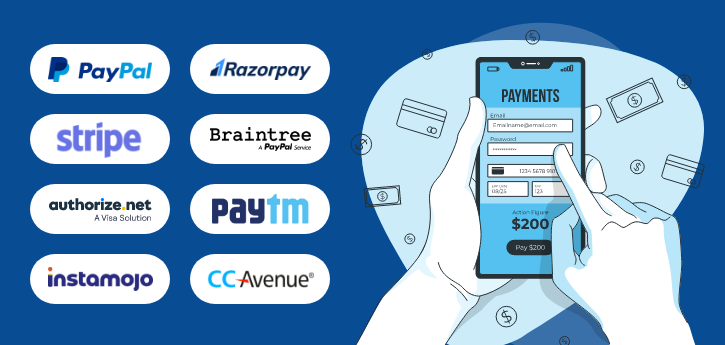A computer is a digital electronic machine that can be programmed to carry out sequences of arithmetic or logical operations (computation) automatically. Modern computers can perform generic sets of operations known as programs. These programs enable computers to perform a wide range of tasks. A computer system is a "complete" computer that includes the hardware, operating system

Conventionally, a modern computer consists of at least one processing element, typically a central processing unit (CPU) in the form of a microprocessor, along with some type of computer memory, typically semiconductor memory chips. The processing element carries out arithmetic and logical operations, and a sequencing and control unit can change the order of operations in response to stored information
 International Payments
International Payments
 Barcode wise billing
Barcode wise billing
 Gst filing
Gst filing
 Customer relation management
Customer relation management
 User friendly mobile apps
User friendly mobile apps
 attractive
attractive


Simple manual instruments like the abacus have aided people in doing calculations since ancient times. Early in the Industrial Revolution, some mechanical devices were built to automate long tedious tasks, such as guiding patterns for looms. More sophisticated electrical machines did specialized analog calculations in the early 20th century. The first digital electronic calculating machines were developed during World War II.
 Deposit Checks Instantly
Deposit Checks Instantly
 A powerful open API
A powerful open API
 Affiliates and partnerships
Affiliates and partnerships
 Coverage around the world
Coverage around the world
 Business without borders
Business without borders
 Web Design Interface
Web Design Interface
A peripheral or peripheral device is an auxiliary device used to put information into and get information out of a computer.[1] The term peripheral device refers to all hardware components that are attached to a computer and are controlled by the computer system, but they are not the core components of the computer, such as the CPU or power supply unit. In other words, peripherals can also be defined as devices that can be easily removed and plugged into a computer system..
 International Payments
International Payments
 Request Features
Request Features
 Premium Support
Premium Support
 Direct Debit
Direct Debit
 Automated accounting
Automated accounting
 User Interface
User Interface

A payment is the voluntary tender of money or its equivalent or of things of value by one party (such as a person or company) to another in exchange for goods, or services provided by them, or to fulfill a legal obligation. The party making the payment is commonly called the payer, while the payee is the party receiving the payment.All publicly accessible websites collectively constitute the World Wide Web. There are also private websites that can only be accessed on a private network, such as a company's internal website for its employees.

*We’re willingly is here to answer your question about aila